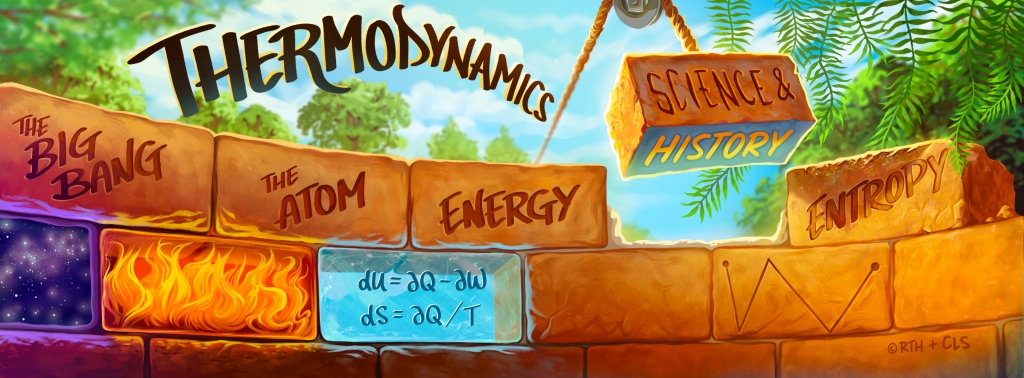I am very pleased that Foundations of Chemistry supported publication of my paper (link below followed by abstract) that concluded with a question rather than a conclusion! As I am in search of the answer, please let me know if you know someone, likely a physical chemist, who has it.
https://link.springer.com/article/10.1007/s10698-024-09503-3
Abstract
J. Willard Gibbs derived the following equation to quantify the maximum work possible for a chemical reaction
Maximum work =−ΔGrxn=−(ΔHrxn− TΔSrxn) constant T,P
∆Hrxn is the enthalpy change of reaction as measured in a reaction calorimeter and ∆Grxn the change in Gibbs energy as measured, if feasible, in an electrochemical cell by the voltage across the two half-cells. To Gibbs, reaction spontaneity corresponds to negative values of ∆Grxn. But what is T∆Srxn, absolute temperature times the change in entropy? Gibbs stated that this term quantifies the heating/cooling required to maintain constant temperature in an electrochemical cell. Seeking a deeper explanation than this, one involving the behaviors of atoms and molecules that cause these thermodynamic phenomena, I employed an “atoms first” approach to decipher the physical underpinning of T∆Srxn and, in so doing, developed the hypothesis that this term quantifies the change in “structural energy” of the system during a chemical reaction. This hypothesis now challenges me to similarly explain the physical underpinning of the Gibbs–Helmholtz equation
d(ΔGrxn)/dT = −ΔSrxn (constant P)
While this equation illustrates a relationship between ∆Grxn and ∆Srxn, I don’t understand how this is so, especially since orbital electron energies that I hypothesize are responsible for ∆Grxn are not directly involved in the entropy determination of atoms and molecules that are responsible for ∆Srxn. I write this paper to both share my progress and also to seek help from any who can clarify this for me.
END



Leave a comment